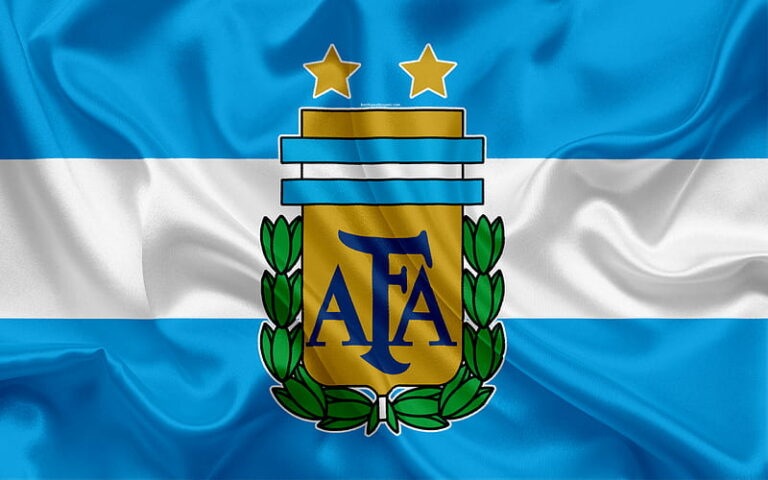
Denmark Superliga
The Denmark Superliga is the premier football league in Denmark, showcasing some of the best talent in Scandinavian football. With its rich history and competitive nature, the league has become a significant part of Danish culture, attracting local fans and international attention. From the thrilling matches to the passionate rivalries, the Denmark Superliga offers an exhilarating experience for football aficionados around the globe https://king888.icu/.
Overview of Denmark Superliga
The Denmark Superliga, established in 1991, has evolved into a dynamic platform for clubs to compete at the highest level within Danish football. It operates on a traditional league format, where teams earn points through wins and draws, ultimately vying for the championship title at the season’s end Thể thao KING88.
Football is deeply embedded in Danish society, and the Superliga stands as a testament to this cultural passion. The league features ten teams that compete against each other, resulting in a total of 27 matches per team each season.
The Structure of the League
Understanding the structure of the Denmark Superliga provides insight into how the league operates and the competitive dynamics involved.
Regular Season Format
At the heart of the Superliga’s structure is its regular season format. Each team plays a total of 36 matches over the course of the season, facing every other team twice – once at home and once away. This round-robin system ensures that all teams have equal opportunities to showcase their skills and strategies.
Due to the relatively small number of teams, every match holds substantial weight. A single win can be the difference between fighting for a title or battling against relegation. The design of the regular season encourages both competitiveness and excitement among fans, who passionately follow their teams from early autumn through late spring.
Playoff System
After the completion of the regular season, the league transitions into a playoff phase called the ‘Championship round’ and ‘Relegation round.’ The top six teams enter the Championship round, competing for the coveted title, while the bottom four teams play in the Relegation round, fighting for survival in the Superliga.
This dual-structure creates a gripping narrative throughout the season. Clubs in the Championship round push relentlessly for glory, often showcasing the best of their talents and strategies to secure European competition qualifications. Meanwhile, clubs in the Relegation round face the pressure of potentially dropping to lower divisions, heightening the stakes and drama.
European Competition
Success in the Denmark Superliga translates to opportunities on the European stage. The league typically receives qualification spots for prestigious tournaments like the UEFA Champions League and the UEFA Europa League.



